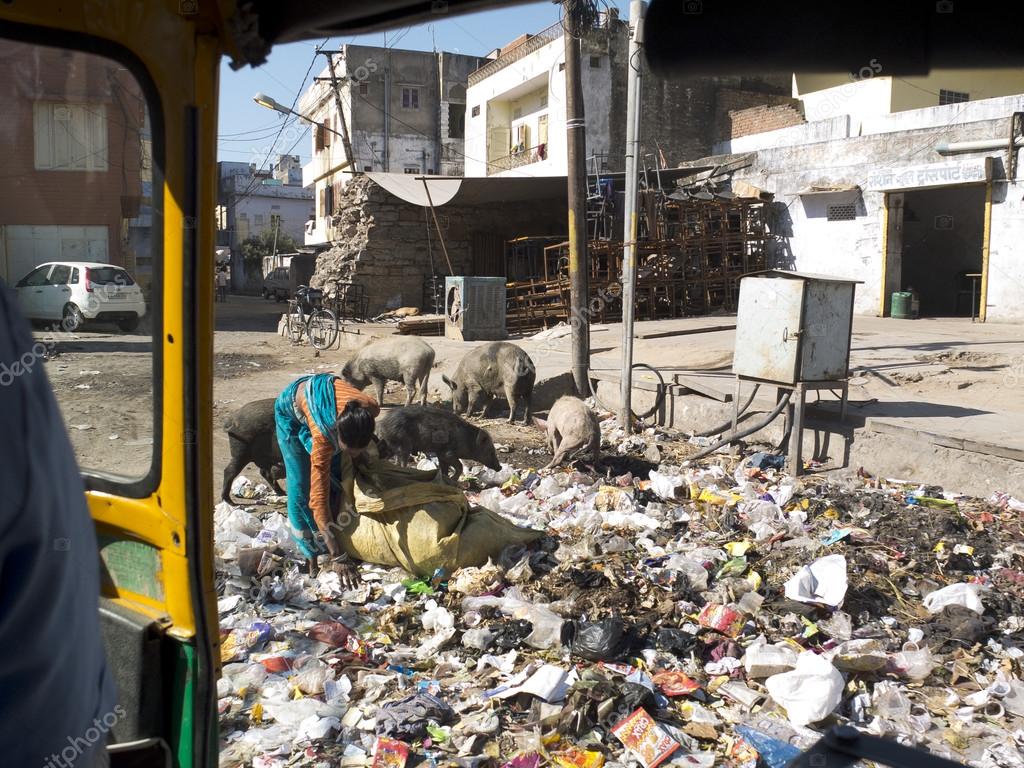POVERTY IN AFRICA. DID YOU KNOW?
More than 70 per cent of Africa’s continent’s poor people live in rural areas and depend on agriculture for food and livelihood, yet development assistance to agriculture is decreasing. In Sub-Saharan Africa, more than 218 million people live in extreme poverty. Among them are rural poor people in Eastern and Southern Africa, an area that has one of the world’s highest concentrations of poor people. The incidence of poverty in Sub-Saharan Africa is increasing faster than the population. Overall, the pace of poverty reduction in most of Africa has slowed since the 1970s.



